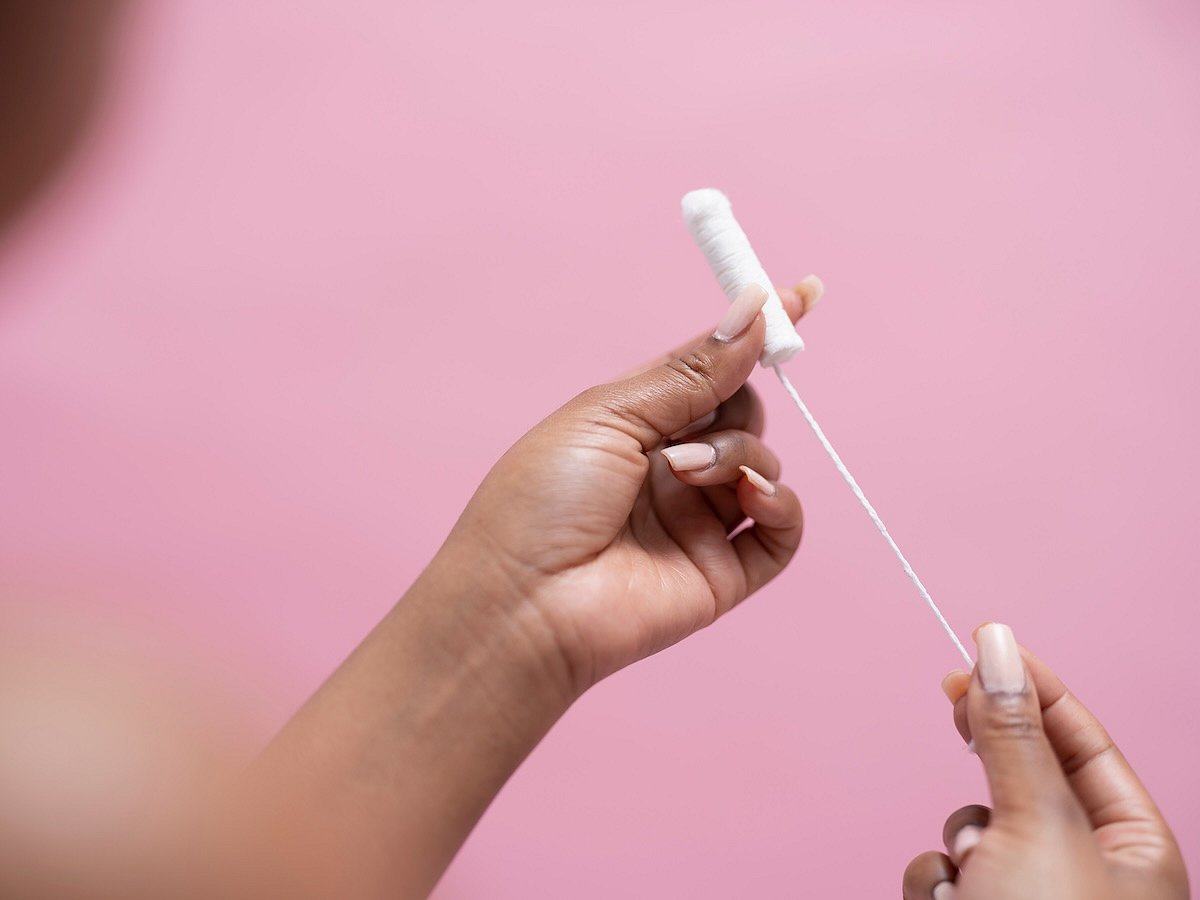Search Rx Local on your web browser or download Rx Local today on the App Store or Google Play
Get Healthy!

- Posted September 30, 2024
1 in 3 Teens Have Trouble Obtaining Menstrual Tampons or Pads
One in every three girls may not have access to menstrual products, something researchers are dubbing "period poverty."
“Our study highlights the widespread nature of period poverty and the need for broad actions -- both locally and nationally -- to increase the affordability and accessibility of these products for youth,” said study lead author Meleah Boyle, a staff scientist at Children's National Hospital in Washington, D.C.
Low income and other factors may be keeping young girls and women from what is an essential product, Boyle and her team reported Saturday at the annual meeting of the American Academy of Pediatrics (AAP) in Orlando, Fla.
According to the study authors, prior research has suggested that 11.9 million U..S. girls and women now struggle to find access to menstrual products. Failing to do so could raise risks for urinary tract infections and bacterial vaginosis, and trigger absences from school or work.
In the new study, researchers queried 678 girls, averaging about 16 years of age, who visited a hospital's pediatric emergency department. Participants were asked: 1) “If you have had a period during the past 12 months, did you ever have to use something other than a pad or tampon, such as cloths, rags, tissues or toilet paper or if you have had a period during the past 12 months?” or 2) “Did you need menstrual products but do not have the money to buy them?”
One in three answered "yes" to at least one of these questions, Boyle's team reported in an AAP news release.
What can and should be done? According to the researchers, "given the widespread prevalence of this need, policy initiatives to make menstrual hygiene products more affordable [e.g. removing tax on menstrual products] and accessible [e.g. providing free menstrual hygiene products in public spaces like schools] should be undertaken."
Speaking with NBC News, study co-author Dr. Monika Goyal said the issue typically is one of cost, not that girls are "caught short" and happen to have no pad or tampon on hand if a period starts unexpectedly.
“This is reflective of a larger issue with respect to access,” said Goyal, who co-directs the Center for Translational Research at Children’s National. “This is about having difficulty affording menstrual health products.”
According to the data analytics company NielsenIQ, average prices for tampons rose by nearly 10% in 2022, and more than 8% for pads, NBC News noted.
Race or insurance status didn't alter the study results.
“Youth who are living in neighborhoods with high opportunity had similar rates of experiencing menstrual inequity as those living in areas or neighborhoods that were under-resourced,” Boyle told NBC News. “This is impacting everyone.”
Still, change is afoot in many states. Alabama, California, Colorado, Illinois, Maine, Maryland and New Mexico have laws in place mandating that public schools provide menstrual products for free to any student in need, starting in the fourth grade. Beginning in 2024, Minnesota will join that group.
Because these findings were presented at a medical meeting, they should be considered preliminary until published in a peer-reviewed journal.
More information
Find out more about menstruation at the Cleveland Clinic.
SOURCE: American Academy of Pediatrics, news release, Sept. 27, 2024








